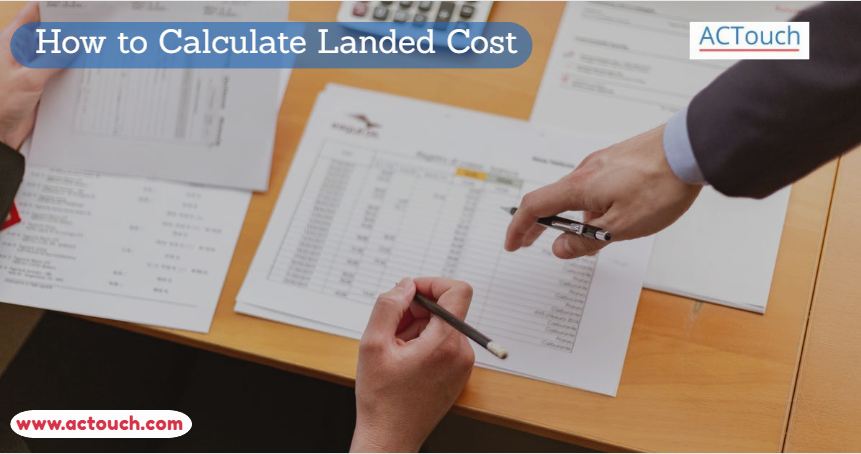Balance Sheet and Profit & Loss Statements.
Both the Balance Sheet and profit & loss statements are important financial documents that provide valuable insights into a manufacturing company’s financial performance and position. While they serve different purposes, understanding the difference between the two is crucial. Let’s explore their definitions and distinctions:
- Balance Sheet: A balance sheet is a financial statement that provides a snapshot of a company’s financial position at a specific point in time. It showcases the company’s assets, liabilities, and shareholders’ equity. The balance sheet follows the fundamental accounting equation: Assets = Liabilities + Shareholders’ Equity. It helps in evaluating a company’s liquidity, solvency, and net worth.
- Profit & Loss Statement (Income Statement): The profit and loss statement, also known as the income statement, highlights a company’s financial performance over a specific period, typically a fiscal quarter or year. It presents the revenue, expenses, gains, and losses incurred during the period to calculate the company’s net income or net loss. The income statement helps assess the company’s profitability and efficiency in generating revenue.

What are Balance Sheet and Profit and Loss Statements?
Balance Sheet
The balance sheet provides a comprehensive overview of a manufacturing company’s financial health and stability. It consists of three key components:
- Assets: These are the company’s tangible and intangible resources, including cash, accounts receivable, inventory, property, plant, and equipment. Assets represent what the company owns.
- Liabilities: Liabilities encompass the company’s obligations and debts to external parties, such as loans, accounts payable, and accrued expenses. Liabilities represent what the company owes.
- Shareholders’ Equity: Shareholders’ equity represents the company’s net worth and is calculated as the difference between assets and liabilities. It includes the initial investment made by shareholders and retained earnings.
Profit and Loss Statement
The profit and loss statement provides a summary of a manufacturing company’s revenues, expenses, gains, and losses over a specific period. The key elements of the income statement include:
- Revenue: Revenue represents the total amount of money earned from the company’s primary operations, such as sales of products or services.
- Expenses: Expenses encompass the costs incurred in generating revenue, such as salaries, rent, utilities, raw materials, marketing expenses, and administrative costs.
- Gains and Losses: Gains and losses refer to non-operating income or expenses, such as gains or losses from the sale of assets or investments.
- Net Income or Net Loss: Net income is the profit earned by the company when revenue exceeds expenses, while net loss occurs when expenses surpass revenue.
Why You Need Balance Sheet and Profit and Loss Statements?
Maintaining accurate and up-to-date balance sheets and profit and loss statements is essential for several reasons:
- Financial Analysis: These statements provide valuable insights into a manufacturing company’s financial performance, profitability, and financial position. They allow you to assess the company’s strengths, weaknesses, and areas for improvement.
- Decision-Making: Balance sheets and profit and loss statements aid in making informed business decisions. They help identify trends, evaluate the impact of various financial strategies, and assess the overall financial health of the company.
- Investor Confidence: Shareholders, investors, and potential partners rely on these statements to evaluate the company’s financial stability, profitability, and growth potential. Well-prepared financial statements instill confidence and attract potential investors.
- Compliance and Reporting: Companies are required to maintain accurate financial records and report their financial statements to regulatory authorities, shareholders, and other stakeholders. Balance sheets and profit and loss statements help fulfill these compliance obligations.
What are the Elements of Balance Sheet and Profit & Loss Statements?
Balance Sheet Elements:
The key elements of a balance sheet include:
- Assets: Current assets, long-term assets, and intangible assets.
- Liabilities: Current liabilities and long-term liabilities.
- Shareholders’ Equity: Common stock, retained earnings, and additional paid-in capital.
Profit & Loss Statements Elements:
The elements of a profit and loss statement include:
- Revenue: Sales revenue, service revenue, and other operating revenues.
- Expenses: Cost of goods sold, operating expenses, interest expenses, and taxes.
- Gains and Losses: Gains or losses from the sale of assets, investments, or discontinued operations.
By utilising our SaaS Cloud ERP Software, you can streamline the preparation and analysis of balance sheets and profit and loss statements, enabling you to make data-driven decisions, enhance financial transparency, and optimize your manufacturing company’s financial performance. Don’t miss out on this opportunity to transform your financial management practices. Invest in our software today and experience the benefits firsthand.
One of the best feature of ACTouch ERP is to generate your Balance Sheet, Profit and Loss report instantaneously. We also provide the facility to check each ACCOUNT VALUE and what contributed this value. For example, if a PURCHASE ACCOUNT has Rs 10,000 and need to know which are the Purchases affected this value. You can check them easily.
Balance Sheet and Profit & Loss Statements with Account Wise Transaction breakdown analysis
Below is the sample video of Balance Sheet and Profit & Loss statements from ACTouch ERP.